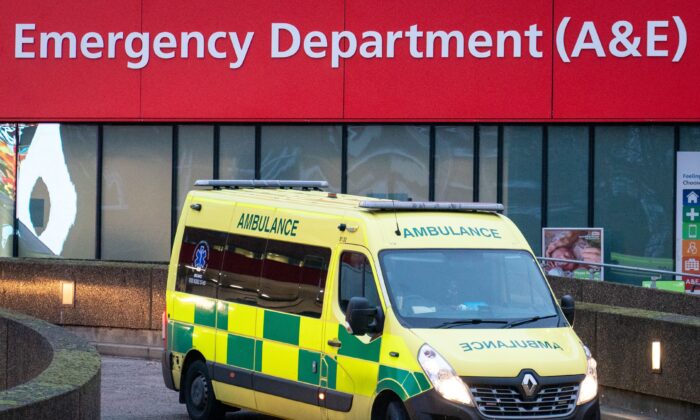Emergency physicians express concern about patient safety and care during the winter season
During October, NHS A&E services had 2.36 million attendances and 567,446 admissions.
A “shocking” number of A&E clinicians have expressed concerns about patient safety this winter, as departments struggle with severe overcrowding and declining care standards.
A survey of healthcare workers responsible for patient safety in A&E departments showed that 94% of clinicians believe patients are at risk.
The results also indicated that 87% were not confident their department would cope this winter and 83% had patients being cared for in corridors.
Overall, October saw 567,446 emergency admissions, a 3.8% increase compared to the same month last year.
Regarding the survey results, RCEM President Dr. Adrian Boyle commented, “This is a stark warning from those on the front line. Clinicians are worried and patients are unsafe. Winter is coming, and it looks like we are facing a massive crisis in every part of the UK. We cannot just ignore winter and our patients.”
He also added that “corridor care” is demeaning for vulnerable patients, with people being stranded for hours on trolleys or chairs despite efforts to improve waiting times.
Boyle emphasized, “We speak of percentages and numbers, but let’s remember we are talking about people and a workforce under immense pressure trying to provide care. This is happening without additional resources for the winter months from the government.”
Government Support
Boyle criticized Labour’s October Budget for not addressing the pressures in A&Es this winter by not increasing bed numbers or providing additional support for social care.
He noted that the budget set aside funding to deliver 40,000 elective appointments per week to reduce waiting times, including investments in new surgical hubs, scanners, and radiotherapy machines.
Health Secretary Wes Streeting acknowledged that while the NHS remains a government priority, there is no quick fix to the healthcare crisis.
Streeting stated, “We can’t magically solve all the problems this winter by waving a Labour magic wand.”
NHS National Medical Director Sir Stephen Powis cautioned that this winter would strain the service more than ever before, despite efforts to treat record numbers of patients.
Sir Stephen said, “While we continue to handle record demand, there is still significant progress needed to meet patient expectations. We will collaborate with the government on the 10 Year Health Plan to address patient needs.”
The government’s 10-year NHS plan will be released in spring 2025, focusing on significant shifts in healthcare services, including neighborhood health centers, preventive healthcare, and patient health record management reform.
PA Media contributed to this report.





